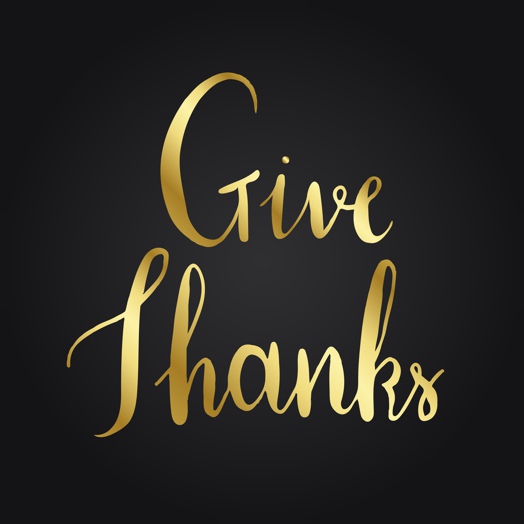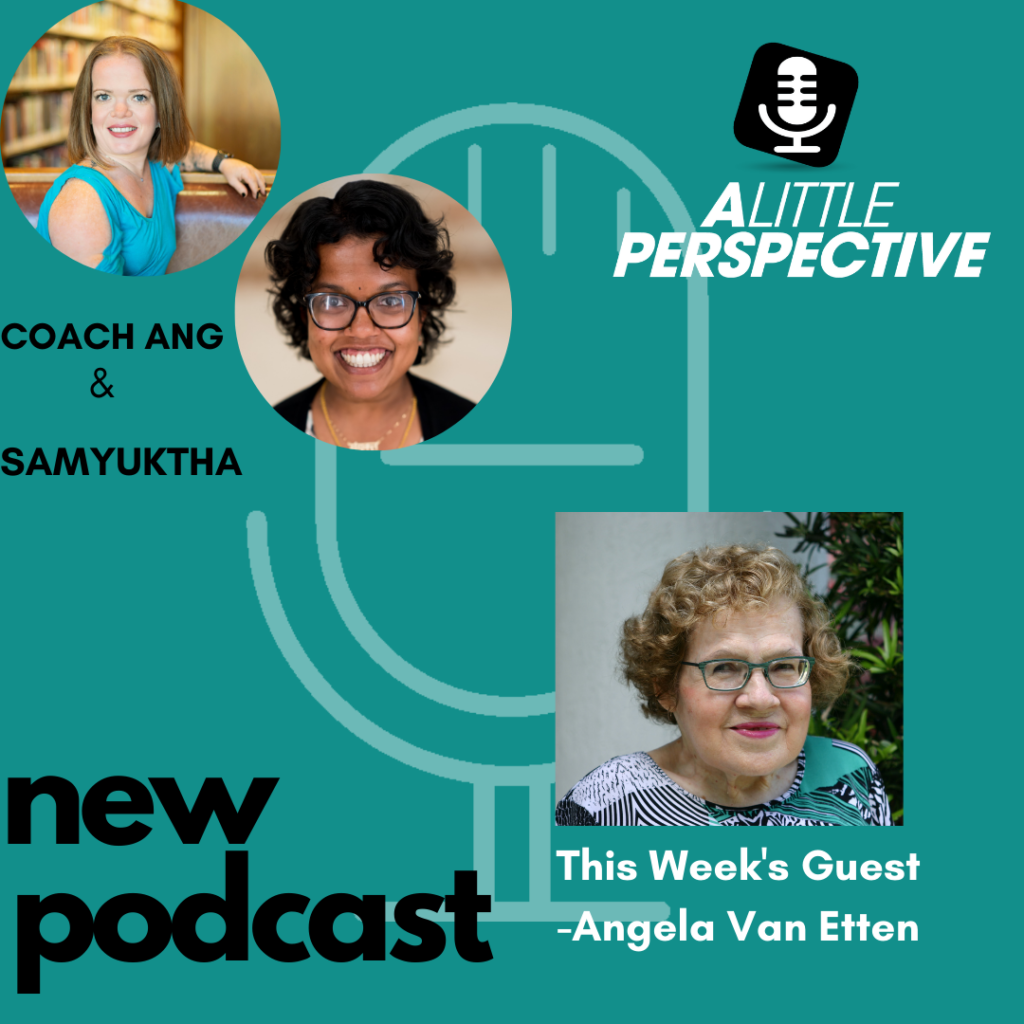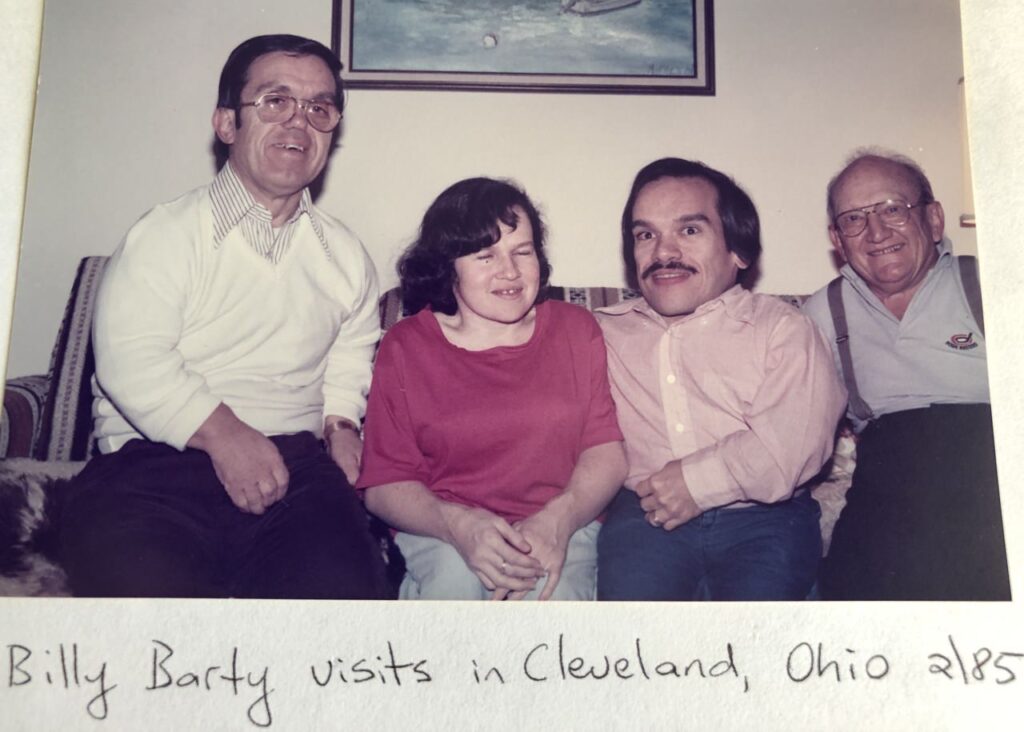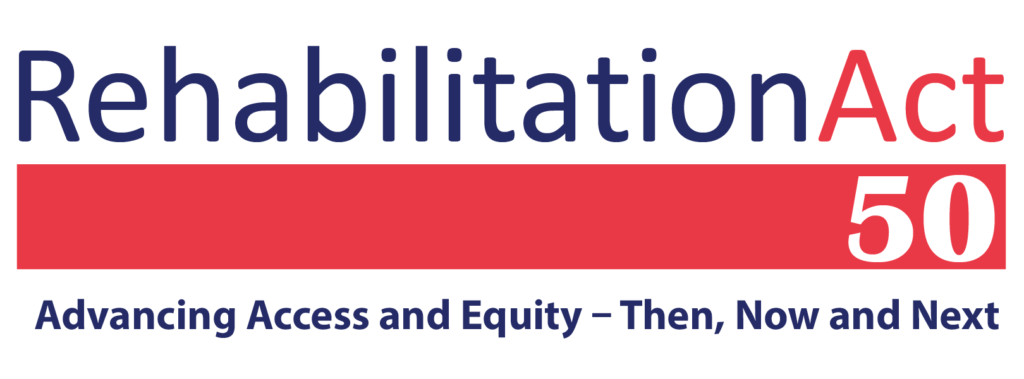

On GivingTuesday—November 28, 2023—the whole world will come together to give back through acts of kindness, gifts of voice, time, talent, or treasure.
Last year’s tenth anniversary of this global phenomenon, saw an estimated 37 million Americans donate over three billion dollars in only 24 hours! So this year, let’s join the movement to see what we all can accomplish. The global hardships are gigantic and gruesome, but together we can make a difference.
Want to subscribe to receive blog updates sign up today!
Every act of generosity counts and
everyone has something to give.
If your postal service and email boxes are anything like mine, they’re stuffed with solicitations from charities. So many that it gets annoying, especially when it’s from a charity we’ve never even heard of. But rather than getting irritated, I sort through the mail to look for those charities I approve and support. Rather than automatically tossing or deleting, I stack the snail mail and move emails to a donation folder for future consideration.
Although I haven’t always donated on GivingTuesday, it’s beneficial to do so since the concerted effort of millions encourages more giving on this day and throughout the year. Also I’ll time a gift to my chosen charity if they have notified me of a matching grant for every dollar given.
Of course, there are so many things we can give that are not calculated in dollars: food to a pantry, blood to a bank, essentials to a homeless shelter, and kindness to others. Among the 50 kindness gestures suggested by GivingTuesday are the following:
- Bring popsicles to a park on a hot day.
- Clean out your closet and donate some items.
- Ask for donations instead of birthday gifts.
- Cheer up a friend in need of cheering up.
- Compliment five people.
- Tell someone why they are important to you.
- Let someone go ahead of you in line.
- Send three cheerful postcards to people who won’t be expecting it.
- Forgive someone.
- Include someone with a disability in your plans.
- Call someone and talk instead of texting.
- Refresh a delivery person with a snack or beverage.
- Put kind notes inside some library books.
- Smile at everyone you see.
- Pay it forward.
- Give voice to your favorite cause on social media.
You should remember the words of the Lord Jesus:
It is more blessed to give than to receive.’
Acts 20:35 (New Living Translation)
And for the greatest gift of all, remember:
God has given us eternal life, and this life is in His Son.
1 John 5:11 (New American Standard Bible)
Many thanks to the https://givingtuesday.org website for informing this post and providing motivation for joining the movement.
And for details on my blog and dwarfism memoir trilogy, go to https://angelamuirvanetten.com.
Image credit: RDNE Stock project, https://www.pexels.com/photo/an-elderly-mab-receiving-a-cup-of-drink-from-a-volunteer-6646992/









